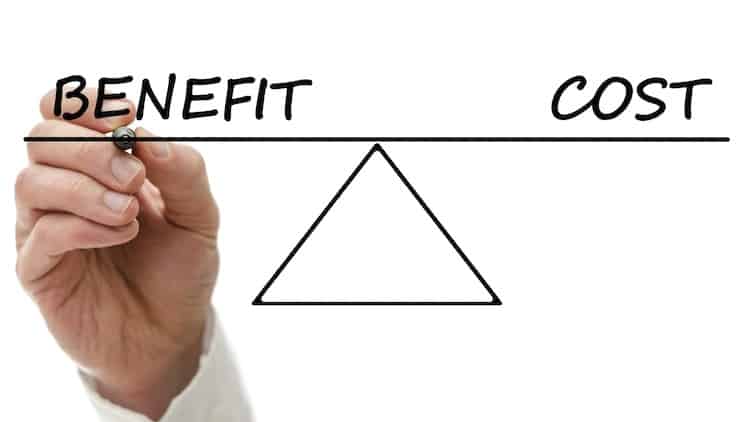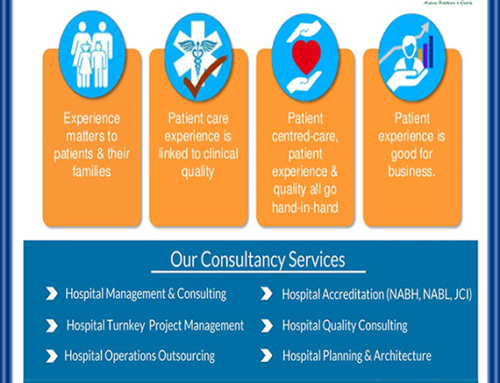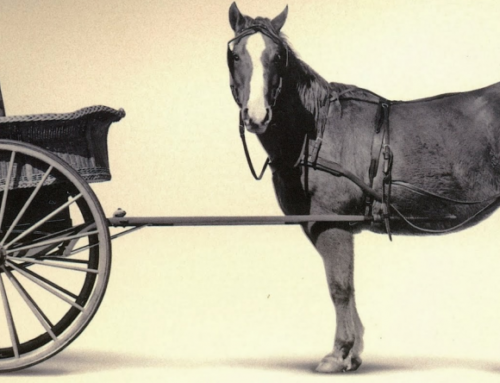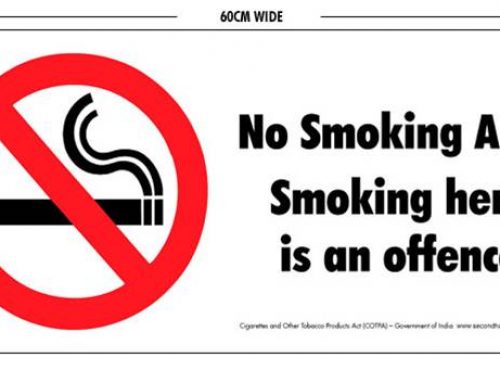Estimating the compliance cost before and after implementing NABH standards helps your hospital to plan for the inevitable expenses in advance.
The hospital management’s attitude towards compliance cost is anything but lurid. Once the client (hospital) pays the fees of their NABH consultants, they feel assured of getting the accreditation without incurring any other cost.

Generally, hospitals try to cut corners, keep costs low, save money in order to be profitable. But when, a hospital is in the process of implementing NABH standards, the costs shoot up. This can upset the hospital management. But this cannot continue for a long period. Once the same hospital goes for accreditation, there are many costs and expenses that are essential which cannot be ignored. And the inevitable is the compliance cost to these standards. This post is specifically written to educate the hospitals and healthcare administrators about the importance of estimating the cost of compliance.
Some of the costs which can become a part of regular hospital expenses are:
- The increase in usage of gloves for infection control.
- The need for fire extinguishers for compliance to fire safety norms.
- The renovation needed in OT as per NABH guidelines.
- The expenditure on patient education material and posters.
- Printing of new forms, thereby leading to the dumping of inventory of all older forms.
- The amount of stationery required for data collection for computation of performance indicators.
- The expected reduction in the number of beds because of existing cramped up spaces.
- The loss of clinician’s time in treating patients because of their involvement in conducting clinical audits, in meetings for analyzing the data and in strategy meets for improving quality of care.
- The additional HR professional required to create and run an NABH mandated recruitment and appraisal system.
- The need for setting up a proper medical records department which will finally lead to an investment in an EMR.
- The number of AMC’s a hospital has to roll out to cover preventive maintenance of electrical and medical equipments.
- The salaries for full-time quality professionals. Further costs would including training your staff for NABH compliance.

The list can go on and on in identifying these costs which invariably a hospital has to incur to achieve compliance. Bur unfortunately most hospital managements overlook these costs. The hospital management need to ask their consultants to develop models for them to estimate this cost of compliance when they start an accreditation program otherwise the management may lose their interest in the accreditation mid-implementation because they are not ready to or they are not able to afford these costs. The management can drastically improve the success rate of accreditation programs if they budget these expenditures pragmatically and not lose time and interest in the quality implementation programs.







Leave A Comment